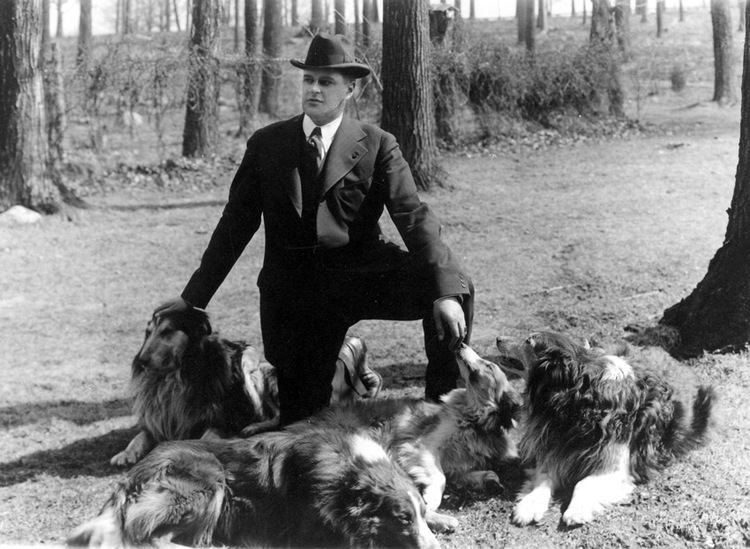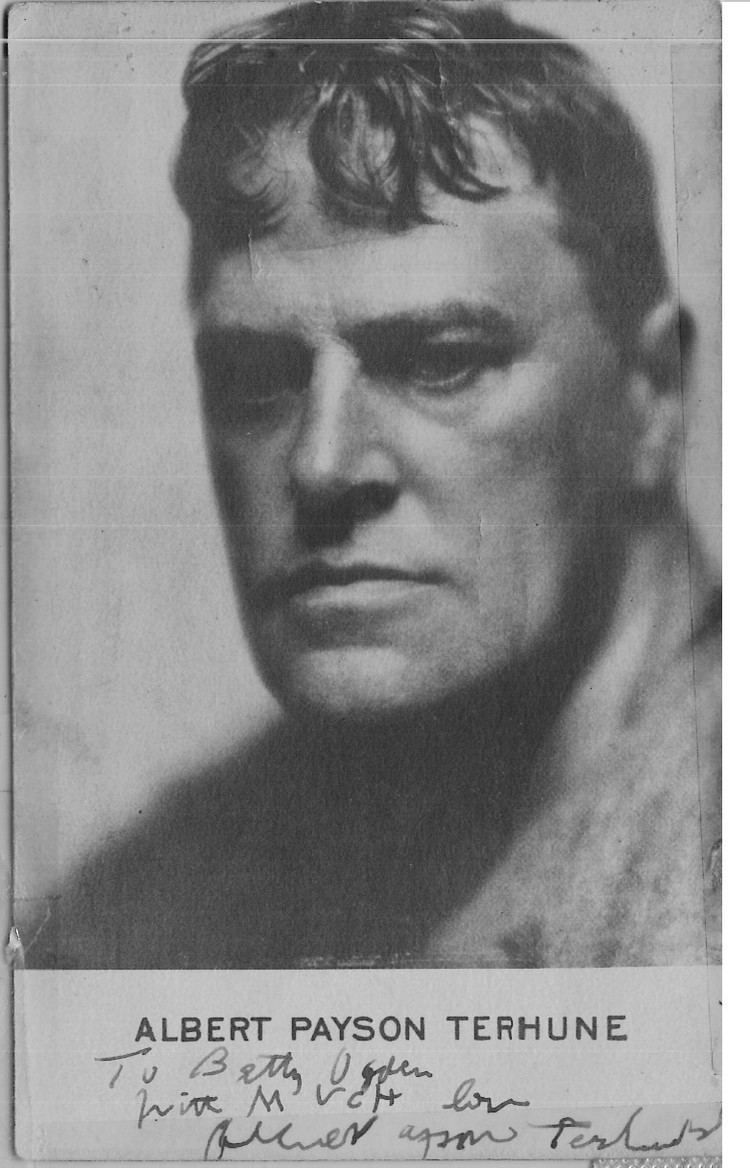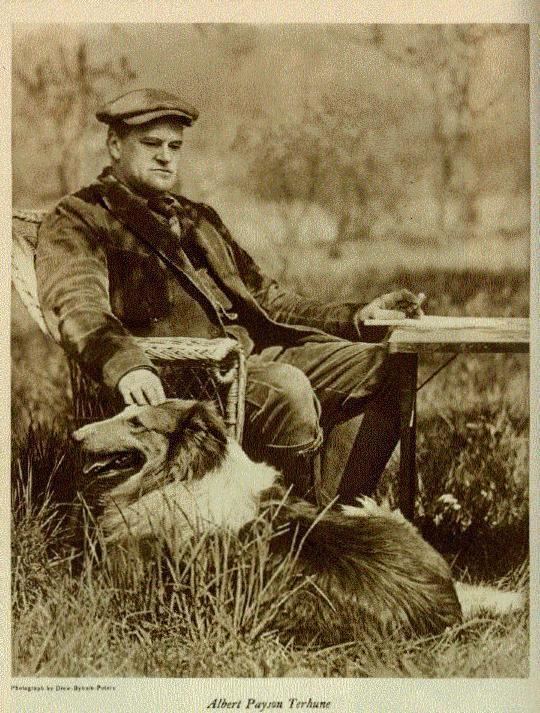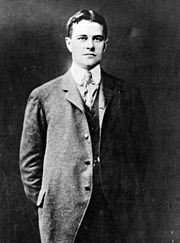Occupation Writer Name Albert Terhune | Role Author | |
 | ||
Resting place Pompton Reformed Church Known for AuthorSunnybank Kennels Children Lorraine Virginia Terhune Stevens (1898–1956) Parent(s) Edward Payson TerhuneMary Virginia Hawes Relatives Christine Terhune Herrick (1859–1944), sisterVirginia Terhune Van De Water (1865–1945), sister Movies The Lotus Eater, Whom the Gods Destroy, Happiness of Three Women, The Years of the Locust, His Dog Spouse Anice Terhune (m. ?–1942), Lorraine Bryson (m. ?–1898) Books Lad: A Dog, Gray Dawn, Lad of Sunnybank, Further Adventures of Lad, My friend the dog Similar People Mary Virginia Terhune, Beatrix Potter, William C deMille, William Desmond Taylor, George Melford | ||
Video bibliographie collies sunnybank d albert payson terhune
Albert Payson Terhune (December 21, 1872 – February 18, 1942) was an American author, dog breeder, and journalist. The public knows him best for his novels relating the adventures of his beloved collies and as a breeder of collies at his Sunnybank Kennels, the lines of which still exist in today's Rough Collies.
Contents
- Video bibliographie collies sunnybank d albert payson terhune
- Anthony clap out from albert payson terhune school
- Biography
- Legacy
- Writing
- List of works
- References

Anthony clap out from albert payson terhune school
Biography

Albert Payson Terhune was born in New Jersey to Mary Virginia Hawes and the Reverend Edward Payson Terhune. His mother, Mary Virginia Hawes, was a writer of household management books and pre-Civil War novels under the name Marion Harland. Terhune had four sisters and one brother, though only two of his sisters lived to be adults: Christine Terhune Herrick (1859–1944); and Virginia Terhune Van De Water (1865–1945).

Sunnybank (41.0012°N 74.2755°W / 41.0012; -74.2755 (Terhune Memorial Park)) was originally the family's summer home, with Terhune making it his permanent residence in 1912. He was educated at Columbia University where he received a Bachelor of Arts degree in 1893. From 1894 to 1916, he worked as a reporter for The Evening World.

He boxed exhibition matches with James J. Corbett, Bob Fitzsimmons and James J. Jeffries.
His Sunnybank Kennels where he bred and raised rough collies were "the most famed collie kennels in the U.S."
"Bert" Terhune was an active member of the Adventurers' Club of New York.
Terhune was married twice. His first wife, Lorraine Bryson Terhune, died at the age of 23, four days after giving birth to Lorraine Virginia Terhune Stevens (1898–1956) and nine months into the marriage. He later remarried to Anice Terhune; they never had children. He died on February 18, 1942. He was buried at the Pompton Reformed Church in Pompton Lakes, New Jersey.
Legacy
His estate, Sunnybank, in Wayne, New Jersey is maintained as Terhune Memorial Park – Sunnybank. It is open to the public and visitors can visit the graves of many of the dogs mentioned in Terhune's works and view a collection of Terhune's book and dog awards at the Van Riper-Hopper Historic House Museum. Historical and family items from the Terhune home, "The Place," can be found at the Pompton Lakes Historical Museum and the Van Riper-Hopper House Museum in Wayne, New Jersey.
As a tribute to Terhune, the dog in A Boy and His Dog calls his master Albert. The 1969 novella was written by Harlan Ellison. The 1975 film was directed by L.Q. Jones.
Writing
Albert Payson Terhune first published short stories about his collie Lad, titled Lad Stories, in various general-interest magazines, including Red Book, Saturday Evening Post, Ladies' Home Journal, Hartford Courant, and the Atlantic Monthly. The first of his novels about his dogs, Lad: A Dog, collected a dozen stories of his collie Lad in novel form. Lad was followed by over 30 additional dog-focused novels, including two additional books about Lad. Published in 1919, the novel was a best seller in both the adult and young adult markets and has been reprinted over 80 times. It was adapted into a feature film in 1962. A man of his time, Terhune is now often criticized by some for his starkly racist depictions of the minorities, hill people and so-called "half-breeds" that peopled parts of northern New Jersey less idealized than Sunnybank.
